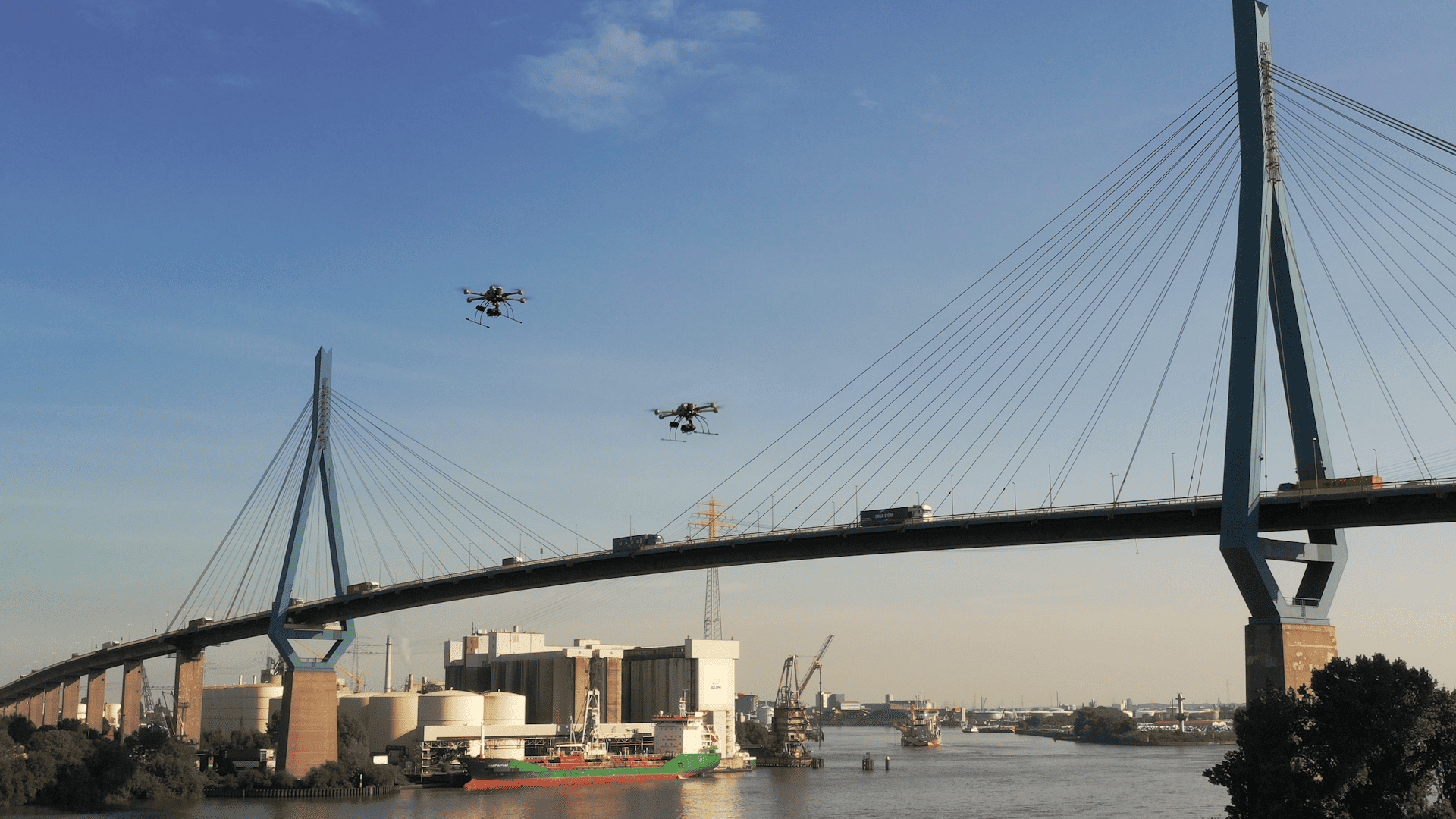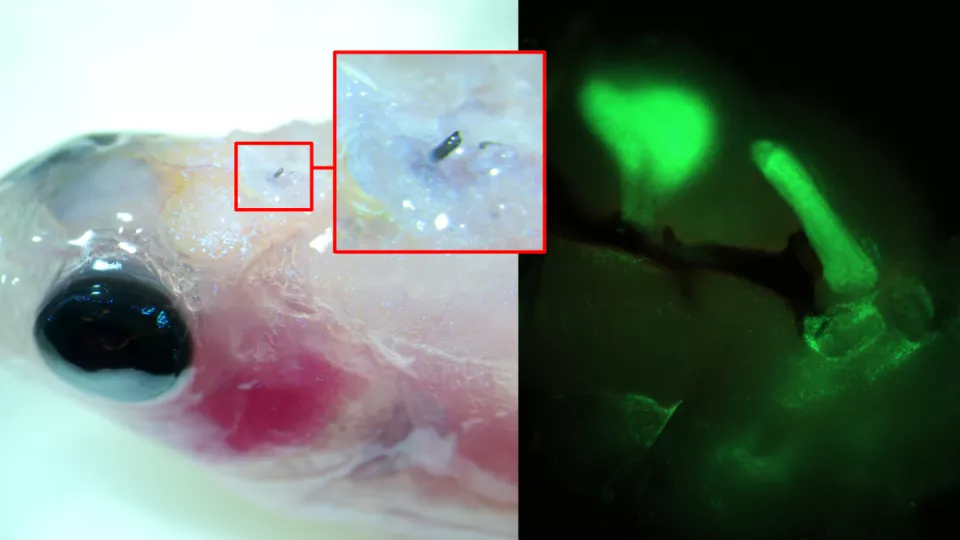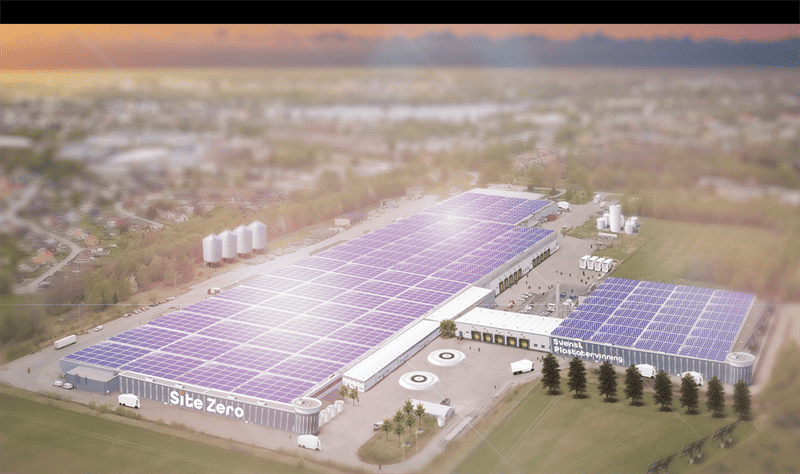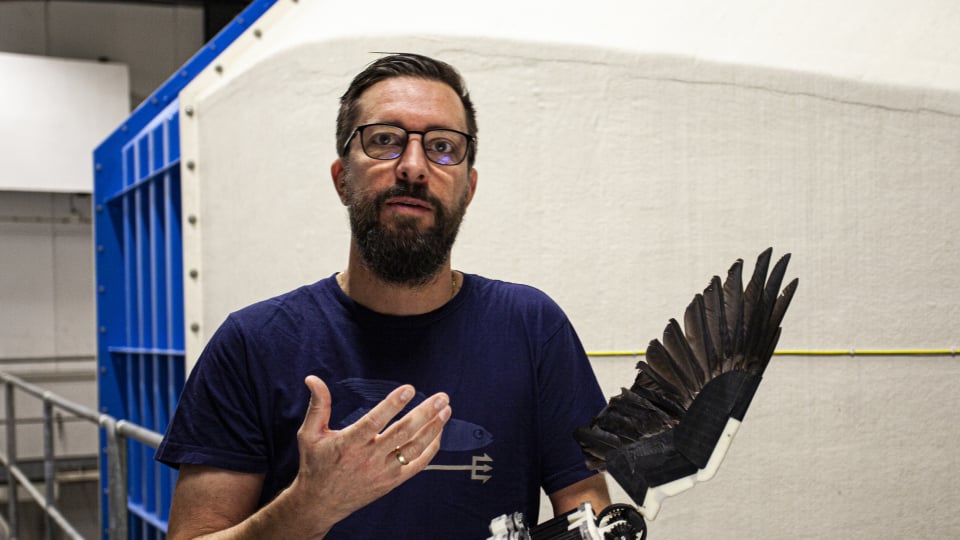
A study led by Lund University in Sweden has found that birds fly more efficiently by folding wings during an upstroke. This knowledge will help develop flapping drones with increased propulsive and aerodynamic efficiencies. Christoffer Johansson, a biology researcher at Lund University, explains that their robotic wing can flap more like a bird than previous robots but also in ways beyond what birds can do. The research could be used for applications such as delivery services.
Bird-Like Dinosaurs
The precursors to birds – extinct bird-like dinosaurs – benefited from folding their wings during the upstroke, as they developed active flight. Birds are the largest and most efficient flying animals alive today, making them particularly interesting as inspiration for the development of drones. To determine which flapping strategy is best requires aerodynamic studies of various ways of flapping the wings.
Robotic Wing
To study this further, a Swedish-Swiss research team has constructed a robotic wing that can achieve just that – flapping like a bird, and beyond. The wing was tested in a wind tunnel to measure how different ways of achieving the wing upstroke affects force and energy in flight.
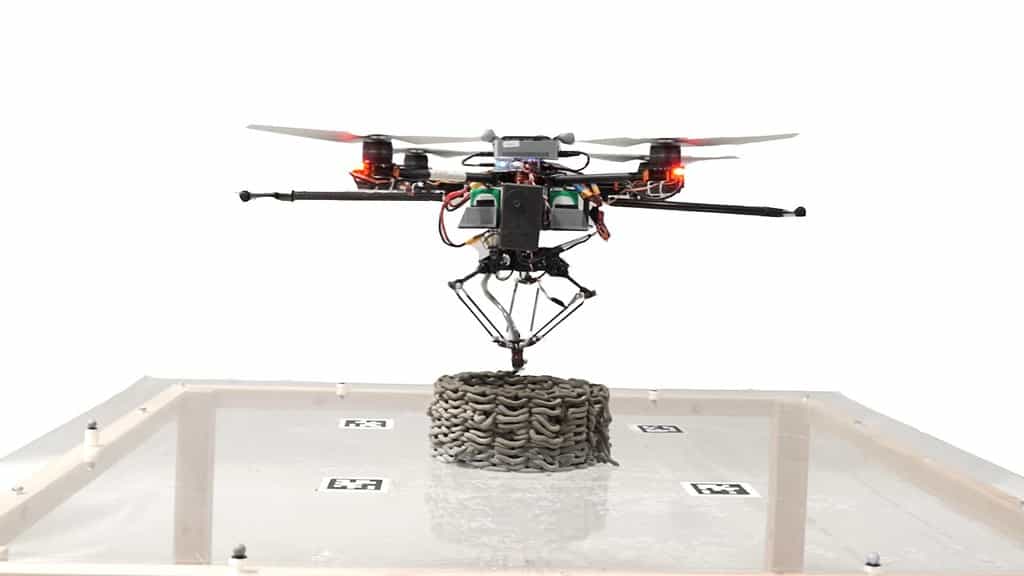
Horizontal Flapping
Previous studies have shown that birds flap their wings more horizontally when flying slowly. The new study shows that the birds probably do it, even though it requires more energy, because it is easier to create a sufficiently large forces to stay aloft and propel themselves. This is something drones can emulate to increase the range of speeds they can fly at.
Research Benefits
The robotic wing can be used to answer questions about bird flight that would be impossible simply by observing flying birds. Research into the flight ability of living birds is limited to the flapping movement that the bird actually uses. The research explains why birds flap the way they do, by finding out which movement patterns create the most force and are the most efficient. The results can also be used in other research areas, such as better understanding how the migration of birds is affected by climate change and access to food.
Potential Drone Applications
There are many potential uses for drones where these insights can be put to good use. One area might be using drones to deliver goods. Flapping drones could be used for deliveries, but they would need to be efficient enough and able to lift the extra weight this entails. How the wings move is of great importance for performance, so this is where research such as this could come in handy”, concludes Christoffer Johansson.





